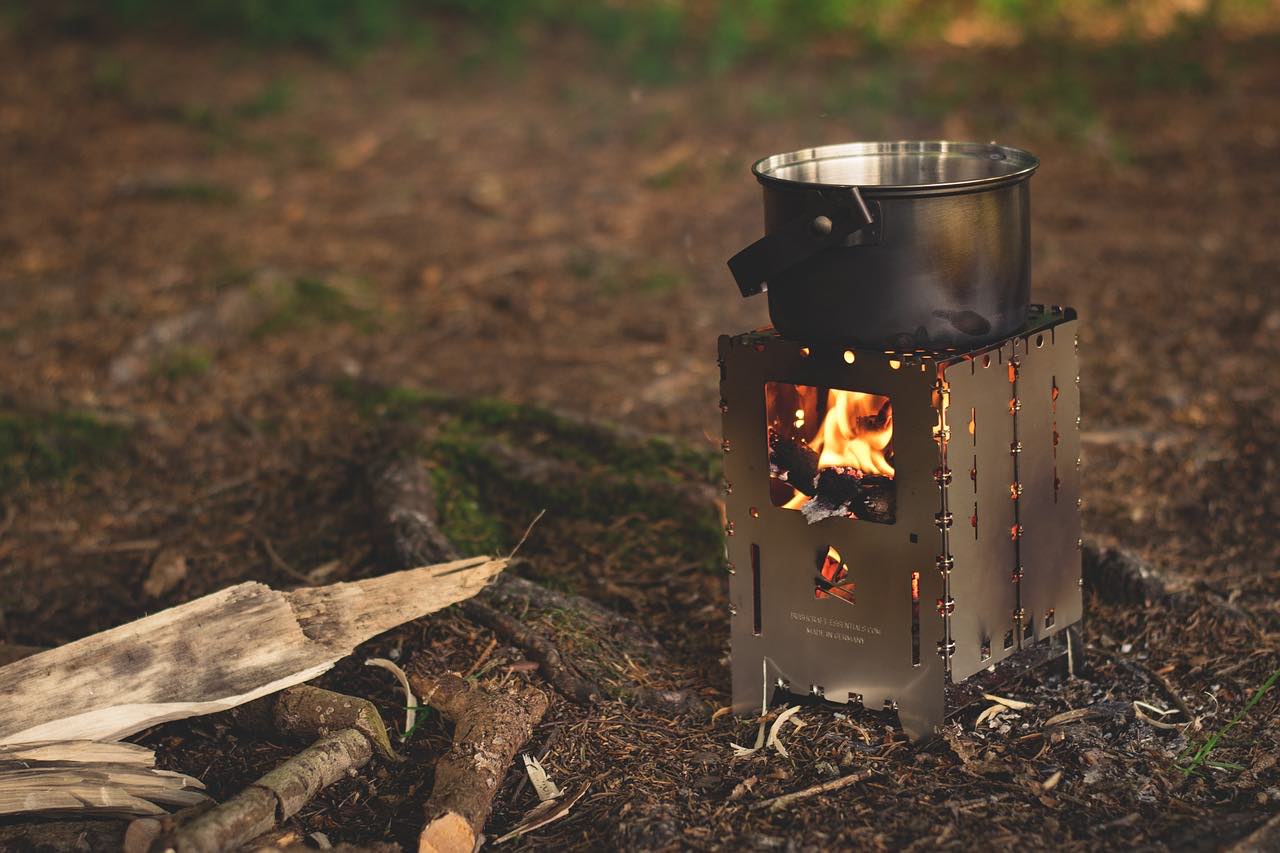When it comes to packing your backpack, there is no one correct way that fits all. However, if you pack your backpack right, you could have enough space for all your gears. Packing right also ensures that your bag feels comfortable and balanced with an easy to access tactic. Whether you have been a regular camper or doing it for the first time, packing your pack right shouldn’t be optional. Your packing technique should ensure that everything is accessible without changing the way other gears in the pack are arranged.
Identifying the right thing for an adventure can be a daunting experience. Every person has different needs, which means you cannot fully copy or imitate what other pack for their camp. Therefore, it is critical for you to identify essential for you and what works perfectly for your camping. In this blog, we’ll share tips on how you can pack your backpack and how it should be arranged. To learn more hunting and camping requirements and tips check out opticsvilla.com.
Packing Principles
Packing your backpack for a camping adventure is not just about picking a few items here and there. It’s a process that requires planning and a detailed list of what you need for the camp. Before you pack, it is also convenient to understand how many days and nights you will be away. It is also essential to put the weather into consideration while you are making your list. This way, it will be easy for you to pack the right things to help you in the camp. With a list, you are also guaranteed that you will have everything without breaking a sweat. When packing, here is a common principle that you should follow.
Lighter Gear, Less Used At The Bottom
The first section of your pack, which is at the bottom, should carry all the lighter gear. This includes things like a sleeping bag, stove parts, and any other gears that you useless. The bottom of your pack is the strongest part. It gives a solid base of the things that you pack above. So it is critical you pack the right items first. Additionally, the sleeping bags and stove parts are items that you will only use at the campsite; packing them at the bottom enhances your back’s flexibility.
Pack The Heavy Items
The second section of your pack should be reserved for heavier items. You can pack your tent, food staff, climbing gears, and your closet in this section. If you use a bear canister, this is the ideal section to pack it in the pack. When you arrange this section properly, it will be easy for you to reach out on critical items without rearranging the entire pack.
The Bulkier/ Medium-Weight Items
First-aid kit, extra clothing, and water this is their section. The front of your pack is the ideal place for putting medium-weight items. Your water treatment system and other lighter items can fit here too. In this section, you can pack easy access, and you will require them while on the way. Being on the front side of the pack also gives your pack a firm appearance.
When you divide your pack into these sections, it helps you pack the right items based on importance and accessibility. With a list of various items that you need to pack for the camp. It also ensures that your pack is equipped with the relevant items. Also, when you pack right, you are guaranteed that you will not strain the pack straps, and it will also ensure you are flexible while moving around.
Tips for Packing Your Backpack
It is one thing knowing what you want and another taking your time to go for what you need. When you are planning for a camp, getting the right gear should be your top priority. However, you also should ensure that your pack is not extremely heavy for easy mobility. Your pack weight should weigh at least a quarter of your weight. For you to ensure that your backpack is of standard weight, there are tips that you must put in place. Some of the tips that you need to pack effectively:
- Distribute all weight evenly. When packing, the ideal thing to do is ensure that you distribute the weight across the bag evenly. Of course, everything you are packing has its unique weight; your bag should be balanced for easy movement.
- Use compressor straps. For you to keep everything in place, using compressor straps can be quite useful. The straps will ensure that heavy items like the tent and sleeping bag are deeply compressed to fit in the pack.
- Share the load. While going on a camping adventure, it is obvious you will be having other people with you. Therefore, instead of trying to carry all the weight in one backpack, you can spread it for others to help. Spreading the weight across other campers ensures that you are all comfortable while heading to the campsite.
- Remember the stuff sacks. Staff sacks make it easy for you to pack everything for the camp. The process of packing and unpacking can be quite a challenge. However, with staff sacks, you can organize your items based on category. Therefore, when you wish to reach out on a particular item, the sacks will make it easy to search in the right direction.
- Arrange based on priority. In every staff sack, ensure you arrange the items with the frequently used at the top. Things like GPS, camera, map, sunscreen, snacks, and water bottle, among other items that you might need at the top. This way, it will be easy for you to navigate your way and also keep your backpack organized.
- Study your terrain. When packing for your camp, the critical thing to do is to ensure you know your terrain perfectly. To pack the right thing, you will require to know the place you are going and what to expect.
Take Your Time
Packing your camping gear can be a hustle, and if you are not careful, you might end packing the wrong items for the adventure. Therefore, you should take your time while packing to ensure you get the right things. Go through your list keenly and tick each item after the other as you pack. This way, it will be easy to account for everything you pack for the camp.
Final Thoughts
When going for a camping adventure, it is all about having fun and enjoying every step along the way. However, you will need to work better for you to enjoy each step while under the process. It all starts with ensuring that you pack the right items for the camp. If you are a first-time camper, then knowing the right thing to pack might be a challenge. However, it shouldn’t be so with the guidance of professionals and people with experience.
Therefore, all you need is to ask people who have camping experience to help you identify what is needed and what will work for your camping. Whatever you do, ensure you don’t stress; only focus on packing what is right and what works for you. There is always sufficient time for you to plan and improve on your next packing.







